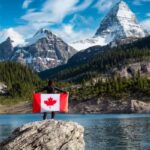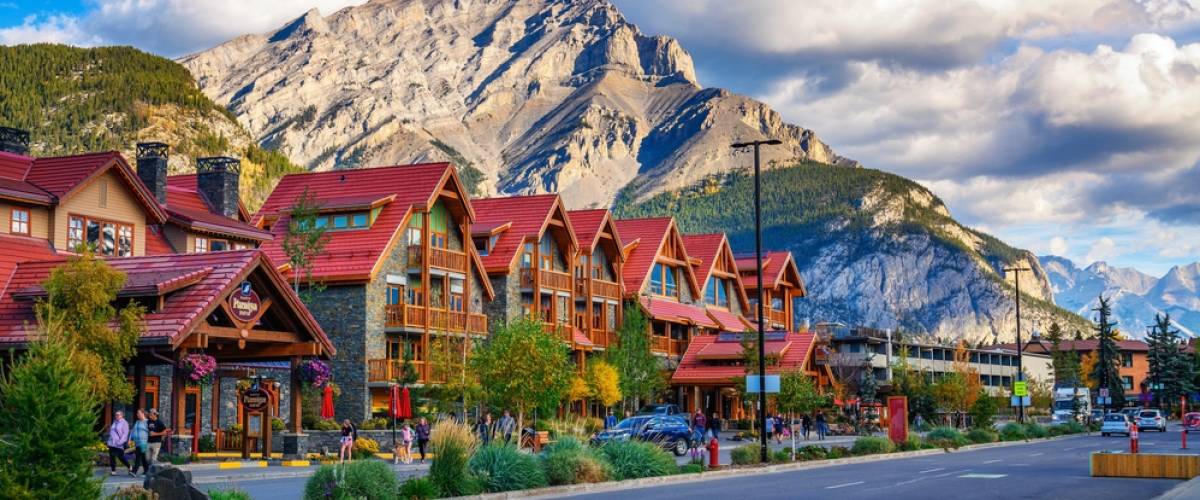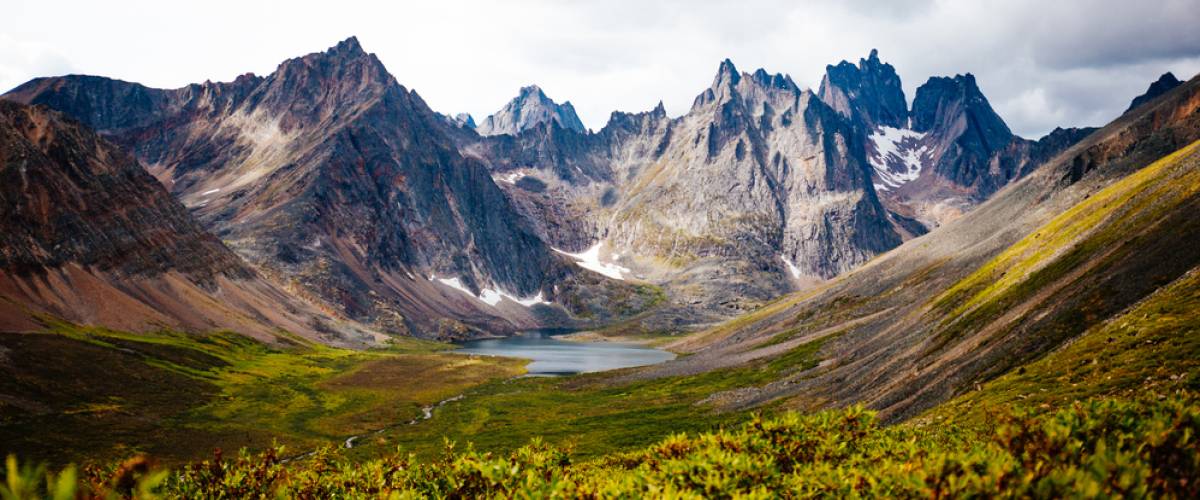This year’s election cycle is anything but boring, and that’s putting it lightly. Between rising global tensions, and the return of Trump-era tariffs, it’s easy to feel uneasy about investing your money.
More investors are looking local for opportunity. There’s a growing “Buy Canada” push from policy-makers, retailers and investors alike. But where does that leave the everyday Canadian?
With the Canadian election now slated for April 28, let’s take a look at each party leader and where this might lead in the future of investment in Canada.
If you think Mark Carney will win
Mark Carney, former governor of both the Bank of Canada and Bank of England, has a track record focused on economic stability, climate leadership and reduced reliance on foreign trade. Especially with the US.
Read More: Best healthcare stocks
Under Carney, investors should expect significant federal support for green infrastructure and clean tech. In the past, Carney pushed for coordinated investment into green projects globally. A Canadian strategy would likely include expanded incentives for renewable energy generation, electric vehicle (EV) infrastructure, battery storage and carbon capture.
Read More: Best renewable energy stocks
Trade policy is another key piece of Carney’s platform. He voiced scepticism about expanding trade with China, supporting shifting manufacturing capacity and supply chains back to Canada. This domestic push could benefit Canadian rail companies, fertilizer producers and auto part manufacturers.
Carney is also expected to favour stronger public healthcare infrastructure. He would likely continue expanding support for long-term care, digital health platforms and elder care solutions. Canada’s aging population, projected to reach nine million seniors by 2030, makes this a key area for both public and private investment.
If you think Pierre Poilievre will win
Pierre Poilievre is now a close second in national polls, according to CBC’s poll tracker, and campaigning on a platform that favours deregulation, tax cuts and energy expansion. His economic vision is rooted in pro-growth conservatism, and he’s made it clear he intends to remove "gatekeepers" standing in the way of industry.
The most obvious sector to benefit under Poilievre is oil and gas. He promised to fast-track major energy projects and ease regulatory hurdles for pipeline development. In 2023, Canada produced about 4.8 million barrels of crude oil per day, and the industry contributed over $70 billion to GDP. Yet pipeline capacity remains a bottleneck. A Poilievre government could clear the way for new infrastructure, boosting companies that transport and produce oil and natural gas. As well as the firms that construct these projects.
Read More: How to invest in oil
Poilievre’s platform would also favour the banking and real estate sectors. He committed to tax cuts and deregulation, particularly for small businesses and financial institutions. With interest rates expected to stabilize or fall in the second half of 2025, mortgage lenders and real estate investment trusts (REIT) could benefit from a more favourable lending environment. Poilievre has also floated allowing working seniors to earn up to $34,000 tax-free, which could stimulate additional investment activity and home ownership demand.
Read More: Canadian bank stocks
If you think Jagmeet Singh will influence government
Jagmeet Singh and the NDP may not win a majority, but NDP support could be crucial in a minority parliament. And that influence would come with clear policy demands: expanded public health care, affordable housing and a just transition to green jobs.
Singh is a long-time advocate for national pharmacare, dental care, and long-term care reform. In 2022, his party helped push through Canada’s first federal dental care plan, and more recently he’s pledged to continue targeting corporate landlords and high drug costs. This policy pressure could lead to expanded government contracts and funding for healthcare providers, pharmaceutical distributors and elder care services.
Housing is another major area of NDP focus. Singh has been vocal in attacking corporate landlords and promoting co-op housing models. In 2023, the NDP proposed a $5 billion affordable housing initiative aimed at creating 500,000 new units over 10 years.8 If even part of this becomes reality, companies in the space could see steady demand.
Final thoughts
Canada’s 2025 federal race is already shaking up market sentiment. And depending on who you think will lead, different sectors could see a boost.
Mark Carney would likely prioritize clean energy, critical minerals and domestic infrastructure. Investors expecting a Carney-led government may want to focus on sectors tied to climate tech and Canadian supply chains, especially with renewed US tariff threats on the horizon.
Pierre Poilievre’s platform is built around energy expansion, tax cuts and deregulation. That could mean strong upside for oil and gas producers, banks and construction firms benefiting from faster project approvals and less red tape.
Jagmeet Singh may not lead, but his influence could shape policy in a minority government. His push for public healthcare, affordable housing and a just transition to renewables could drive long-term support for social infrastructure and green jobs.
Wondering how to buy stocks in Canada? Start by choosing from one of the best investment apps, many of which are offered by Canada’s discount brokerages. Whether you’re building a portfolio from scratch or just looking to diversify, the best ETFs in Canada can be a simple, cost-effective way to get started.
Sources
1. Government of Canada: Investing in Canada Plan – Building a Better Canada
2. Reuters: Chinese stocks offer hedge against fading U.S. exceptionalism, by Taosha Wong (Mar 17, 2025)
3. CBC: Canada Federal Poll Tracker
4. Politico: ‘Canada First’ Conservatives primed for Trump fight, by Mikey Djuric (Feb 15, 2025)
5. Globe and Mail: Conservative Leader Pierre Poilievre pledges to allow working seniors to earn up to $34,000 tax free, by Bill Curry (Mar 26, 2025)
6. Global News: Jagmeet Singh blasts corporate landlords during campaign event (Mar 25, 2025)
7. NDP
This article provides information only and should not be construed as advice. It is provided without warranty of any kind.





















